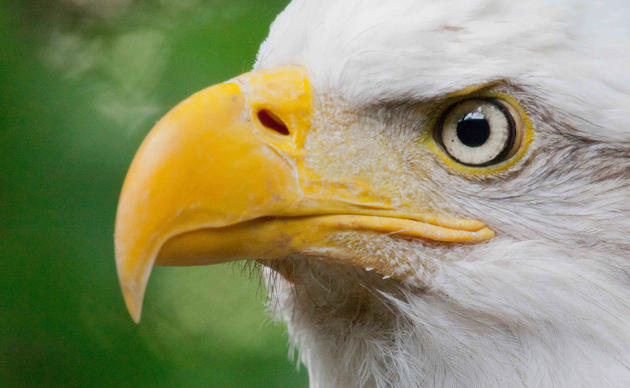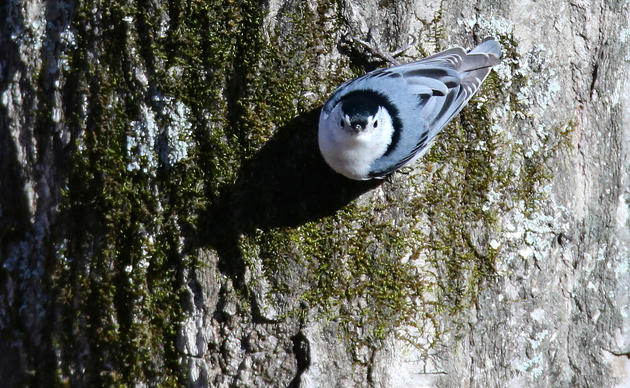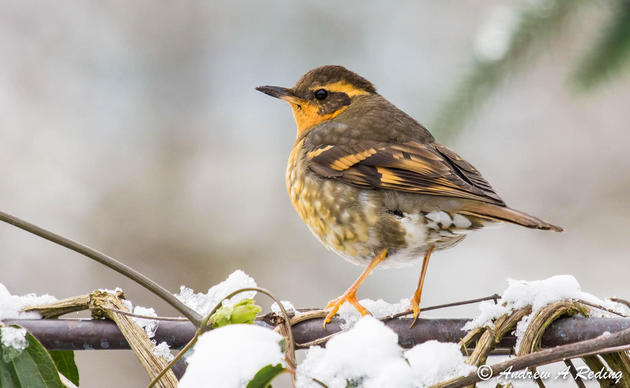The shrub-steppe is an iconic ecosystem of the western United States, an arid land of shrubs and grasses and the habitat of the imperiled Greater Sage-grouse, as well as declining populations of Sagebrush Sparrow and Ferruginous Hawk.
Unfortunately, threats to this ecosystem are on the rise. Shrub-steppe areas in the Columbia Plateau have largely been converted to agricultural production and fragmented by residential and urban development, resulting in a loss of over 80% of Washington’s historic shrub-steppe habitat. The limited habitat that remains is under threat from development pressure, incompatible grazing practices, invasive species, and wildfires.
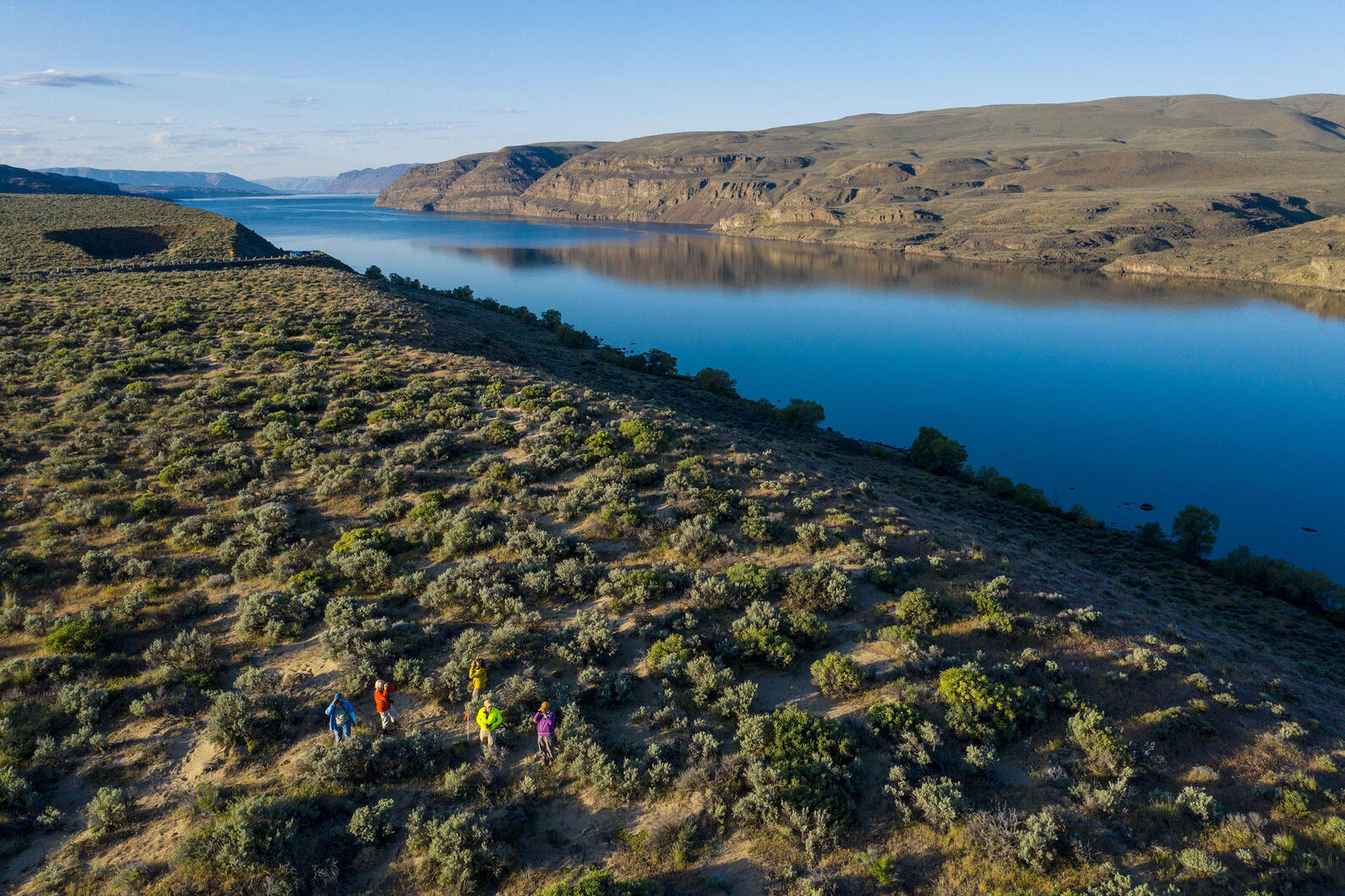
The September 2020 Fires
In 2020, catastrophic wildfires decimated 600,000 acres of shrub-steppe habitat in the Columbia Plateau, impacting 50% of the areas occupied by endangered Greater Sage-grouse and other shrub-steppe birds. The fires also tore through farming communities across Eastern Washington, revealing that state, federal, and conservation partners were ill-prepared to launch a rapid response to critical landscape rehabilitation, and needed a comprehensive strategy addressing shrub-steppe fire resilience and recovery.
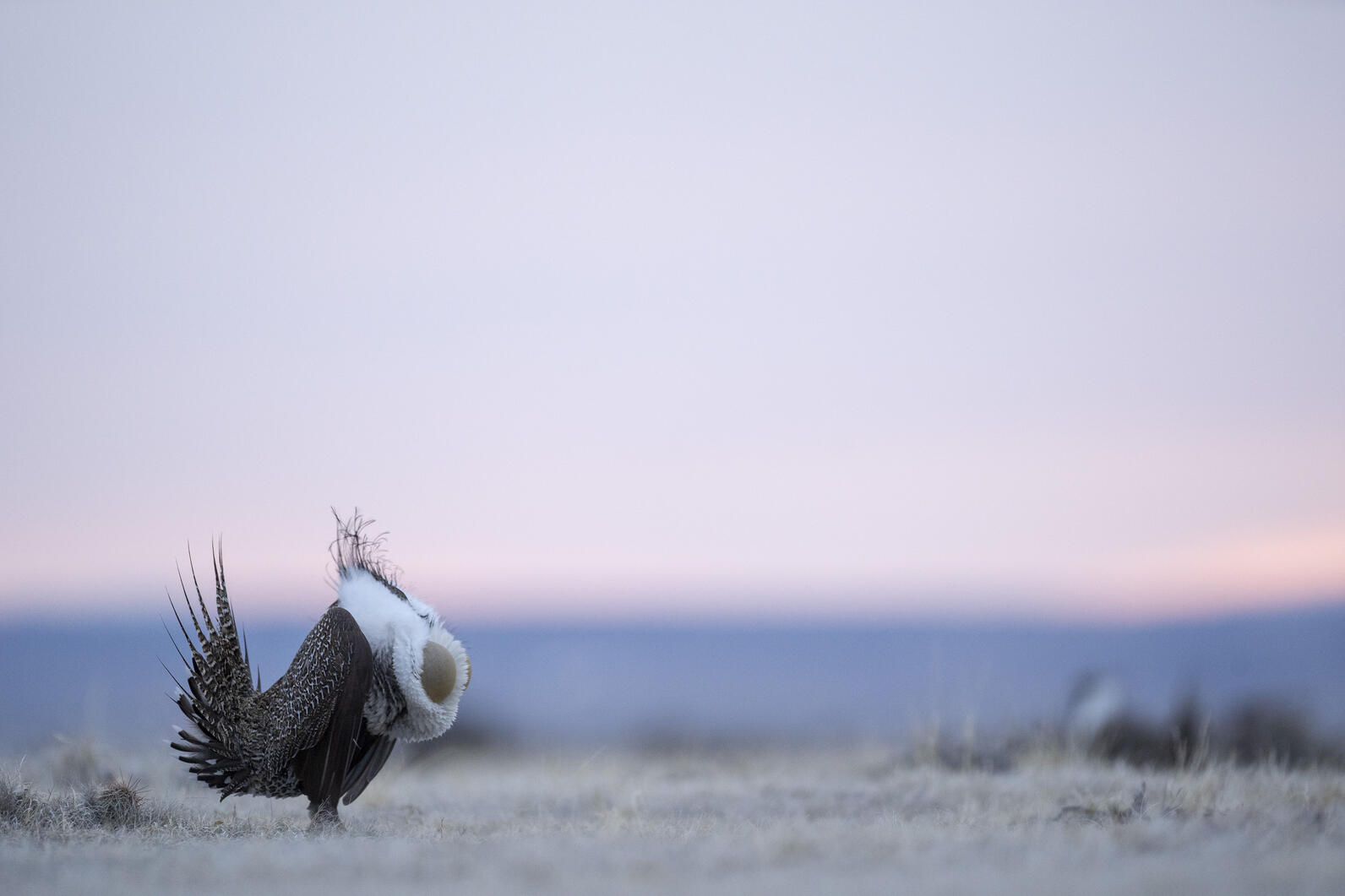
The Audubon Network in Washington Responds
After the 2020 fires, the Audubon network in Washington worked with public and private partners to activate a coordinated, post-fire response. We collaborated with NGO partners, champions in the state Senate, and staff at the Washington Department of Fish and Wildlife (WDFW) to lay the groundwork for a Shrub-steppe Fire Recovery and Preparedness Proviso, which would fund immediate recovery and long-term landscape conservation strategy needs.
We created a sign-on letter for individuals and organizations to express their support for investments in landscape recovery and had 700 individuals and 50 organizations sign on in support. We worked with our partners to pen an opinion piece calling attention to the urgent need to provide recovery funding for the landscape. These efforts resulted in a $2.35 million biennial allocation from the Washington State Legislature, along with an additional $1.5 million for the replacement of fences with wildlife-friendly alternatives.
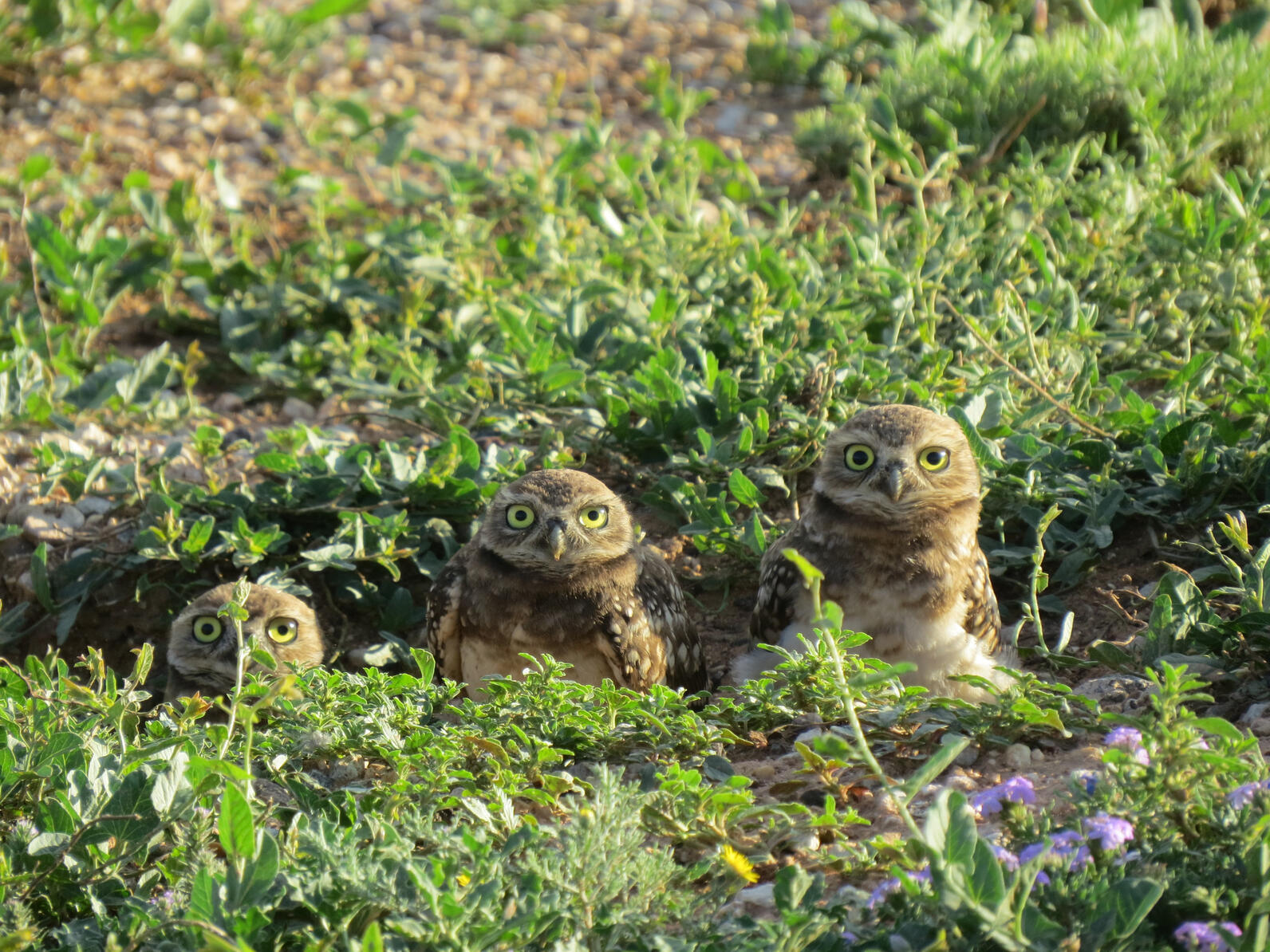
The WSRRI Strategy Sets the Stage for Collaborative Action
With funding in place, the proviso morphed into what is now known as the Washington Shrubsteppe Restoration and Resilience Initiative (WSRRI). The initiative is aimed at improving fire resilience and resistance and is led by an agency coalition consisting of WDFW, the Washington State Conservation Commission, and the Washington State Department of Natural Resources. Audubon served on the long-term advisory group for WSRRI since January 2022 to create a strategy to promote ecosystem health, resistance to fire, landowner preparedness and response, and wildlife recovery. These elements were finalized in the WSRRI strategy, setting the stage for collaborative action across the public-private sector and giving us hope for the future of the birds and landscapes we care about.
With our senior program manager in the Columbia Plateau, Audubon Washington is working to help secure funding and resources for on-the-ground conservation, stewardship, and restoration activities. This work includes deepening partnership and engagement on tribal and private-land conservation opportunities, identifying potential opportunities for collaborative conservation and restoration actions, and exploring innovative, incentive-based approaches. One approach is Audubon Conservation Ranching, an innovative program that works at the intersection of wildlife, food, climate, and communities by collaborating with ranchers to implement management practices that enhance bird habitat.
The WSRRI strategy is an Audubon success story that we can be proud of and we’re excited to be a core partner in delivering conservation and restoration outcomes in support of the WSRRI vision.

